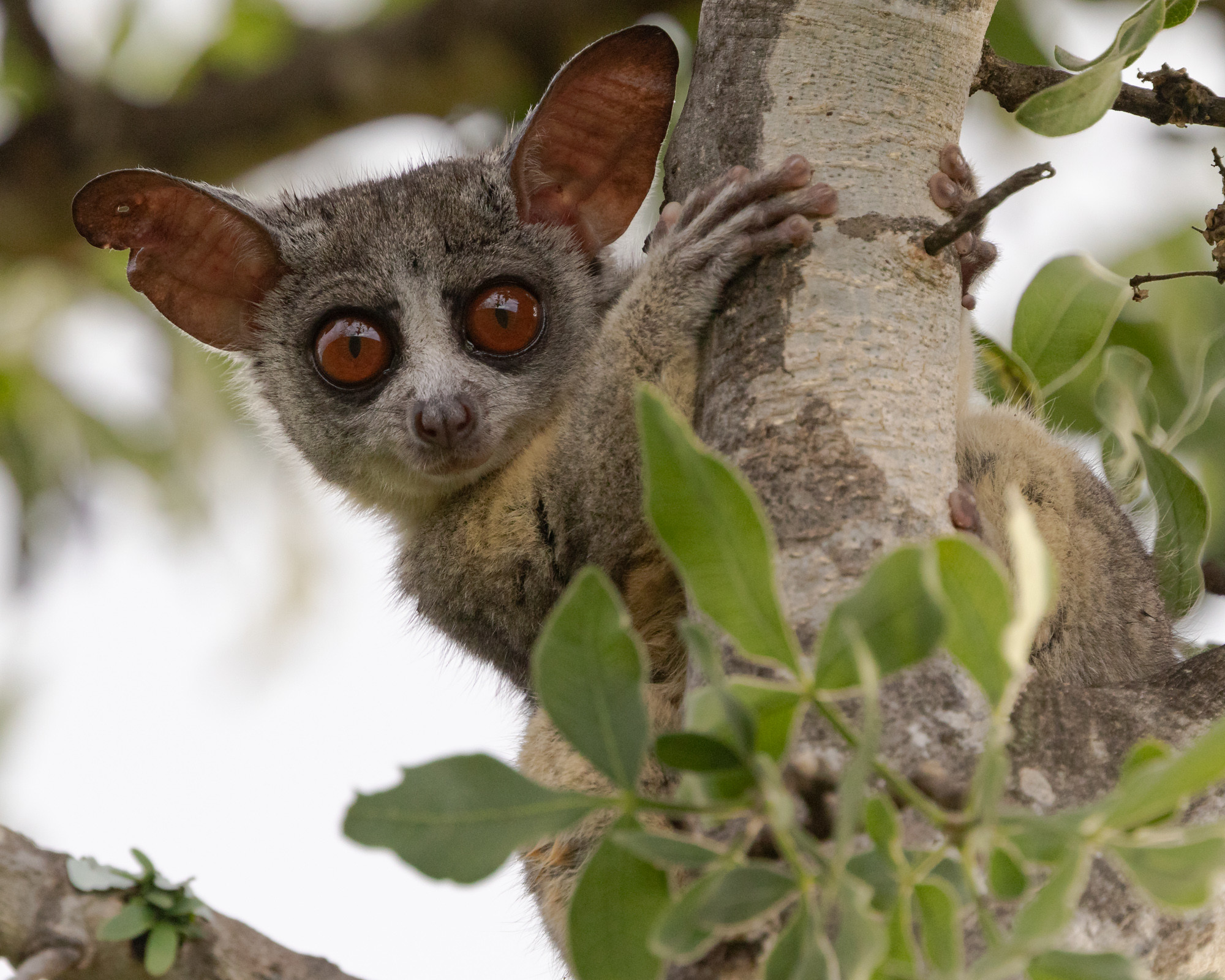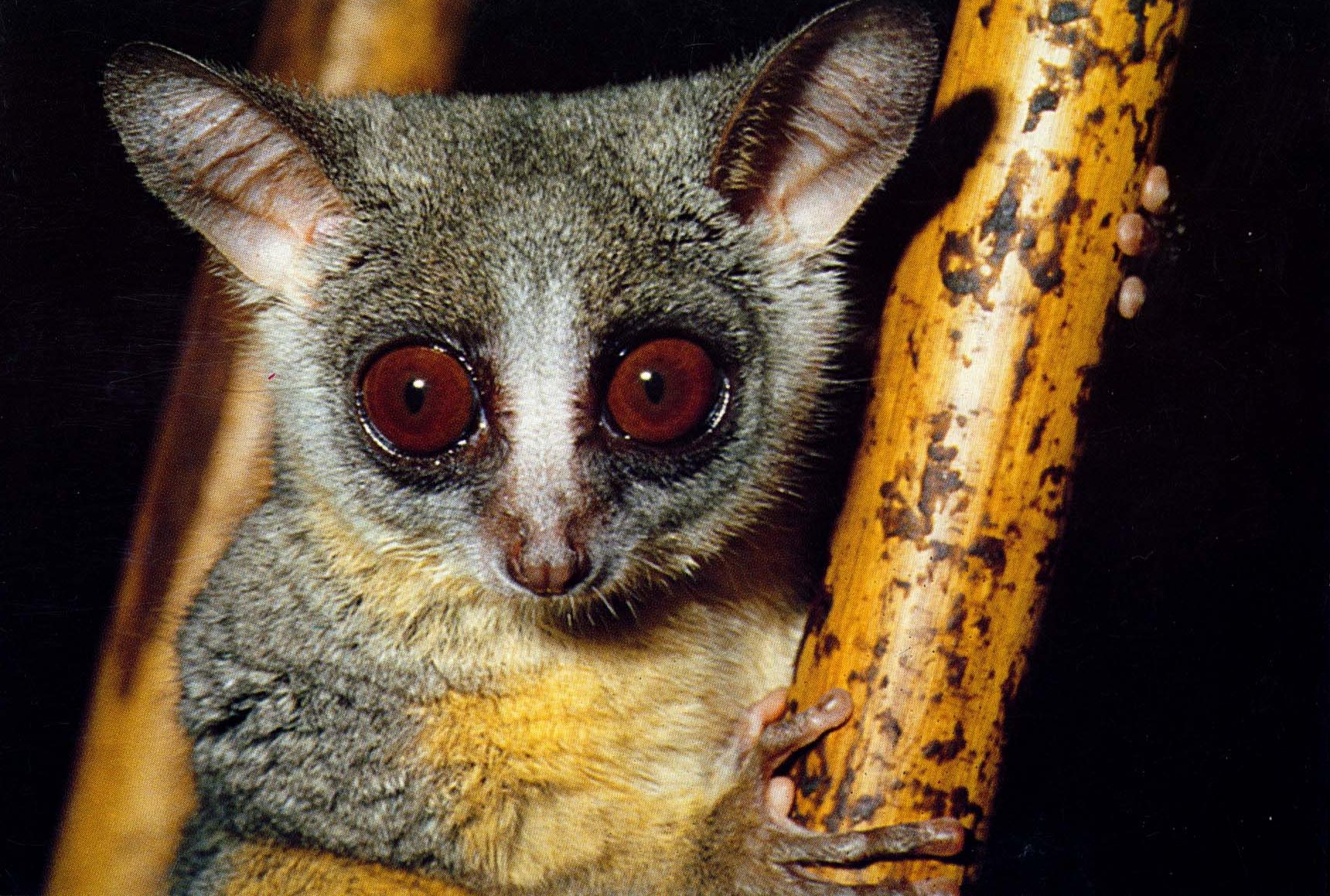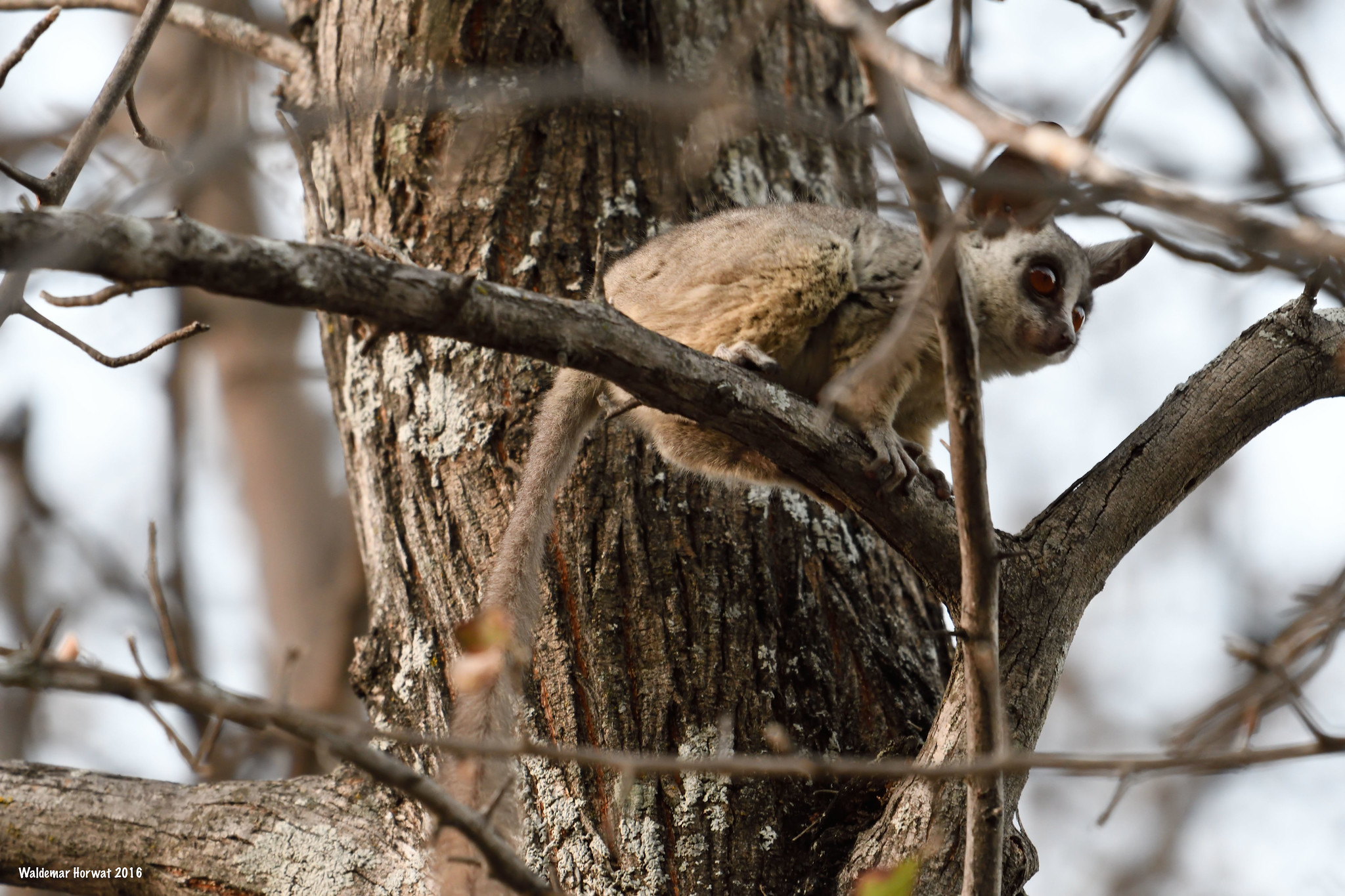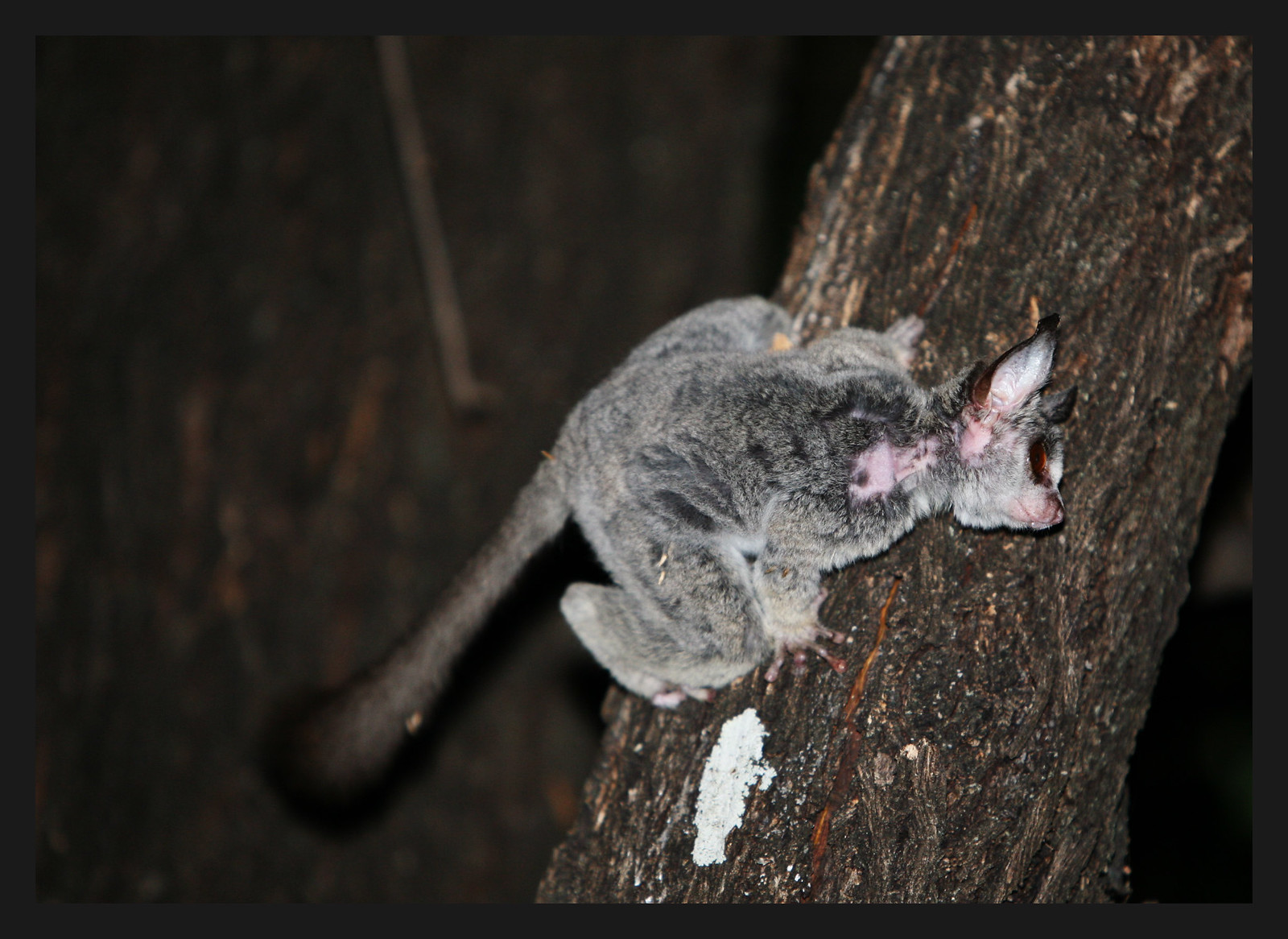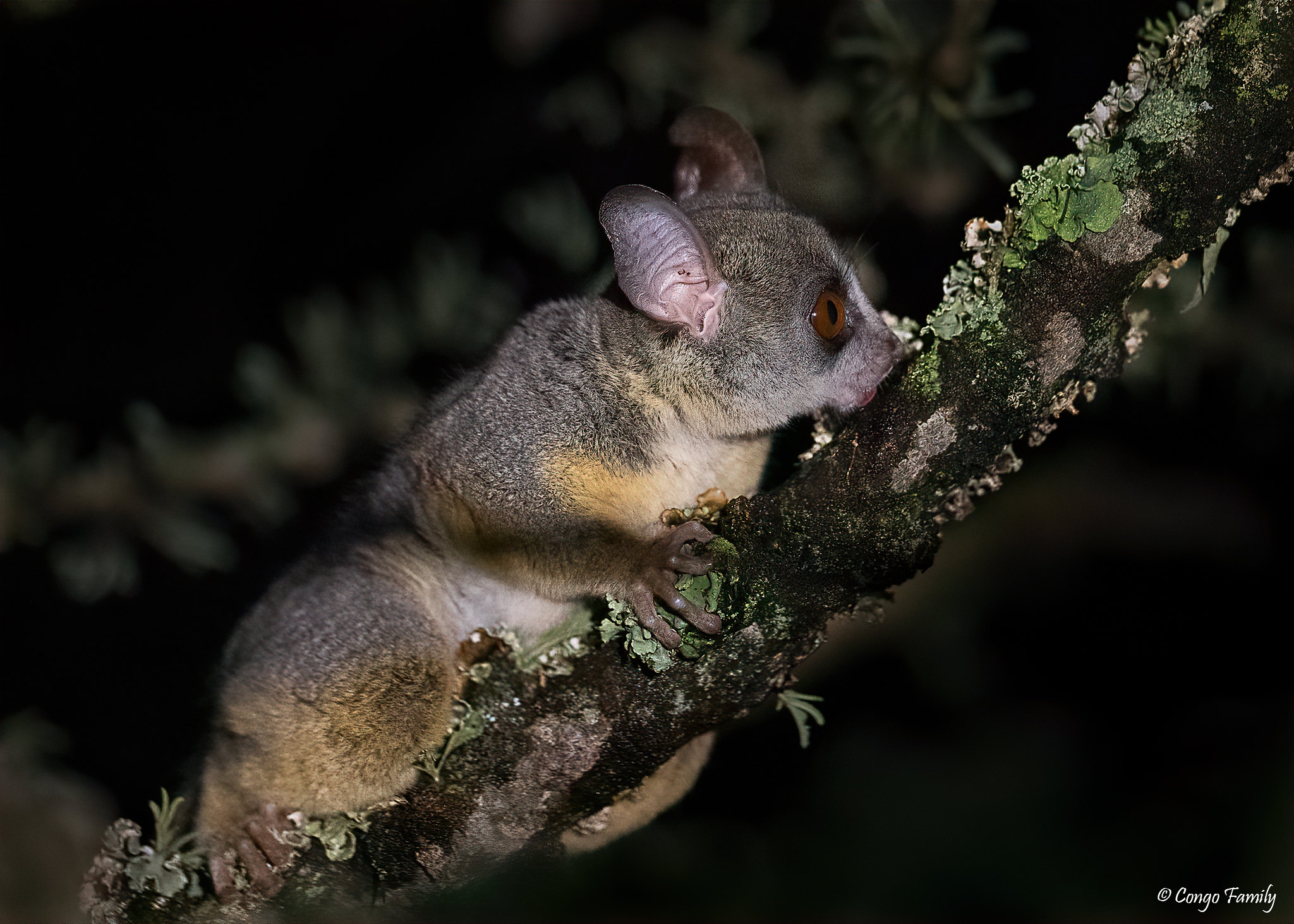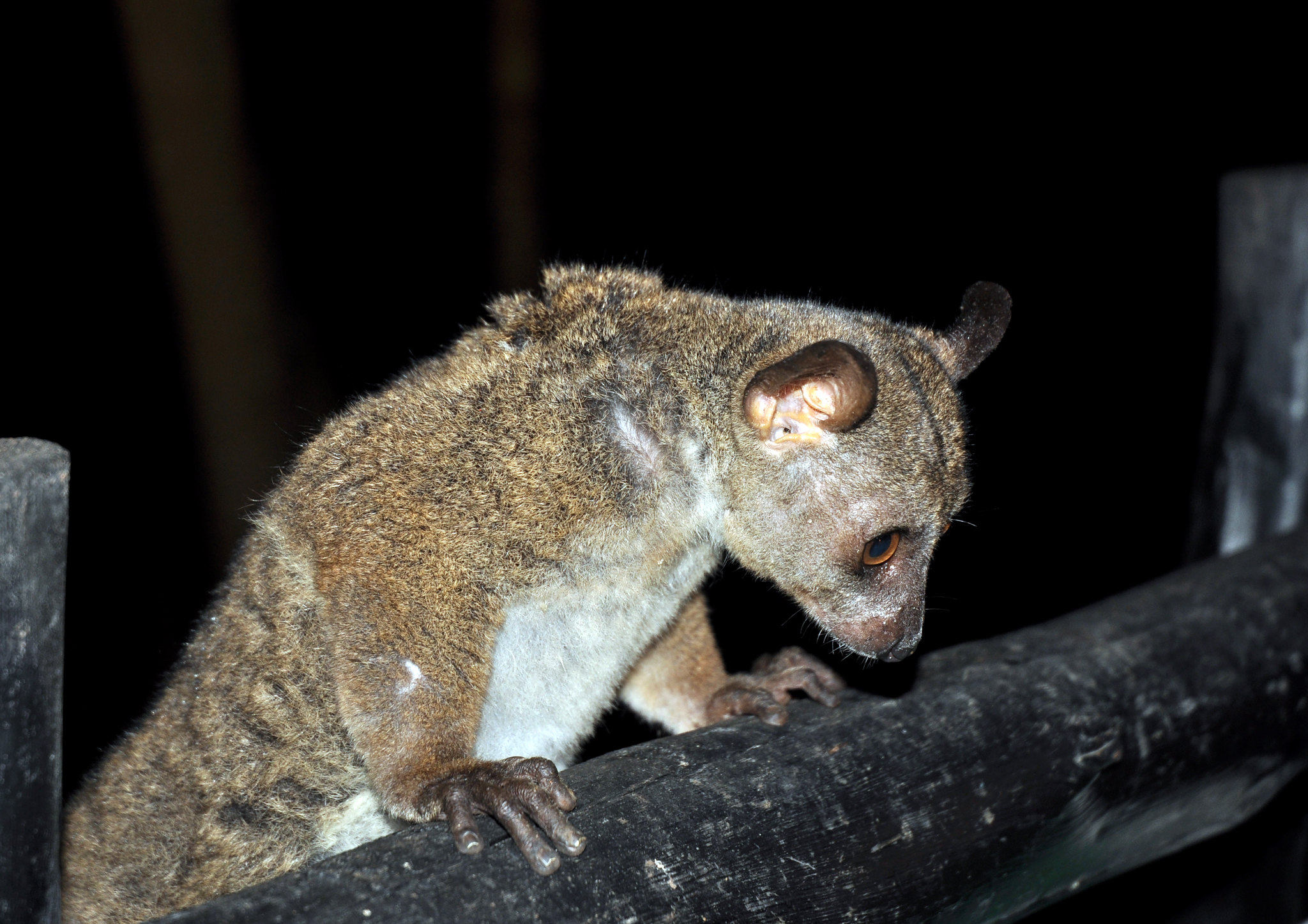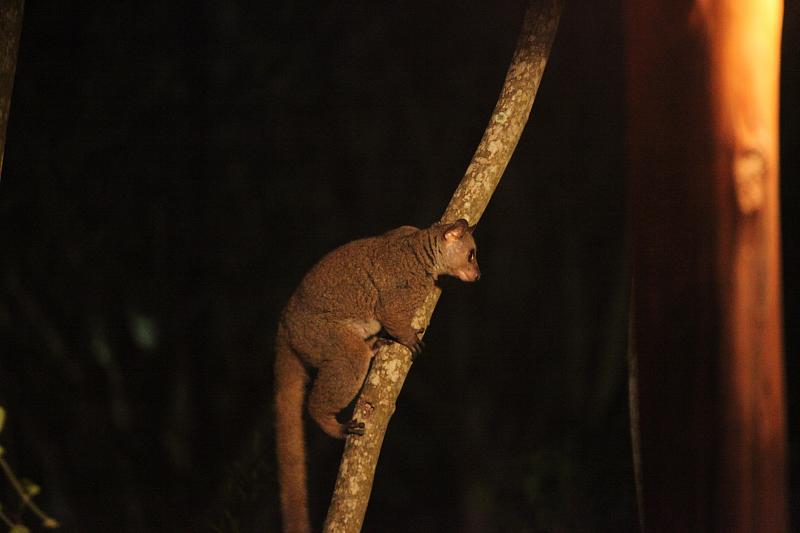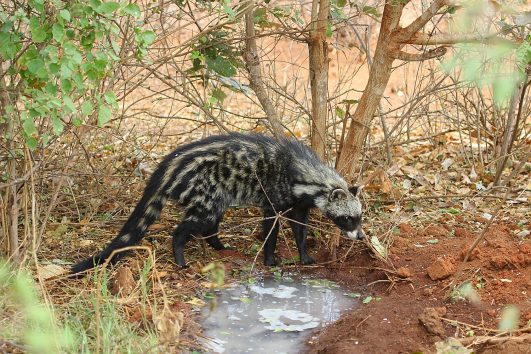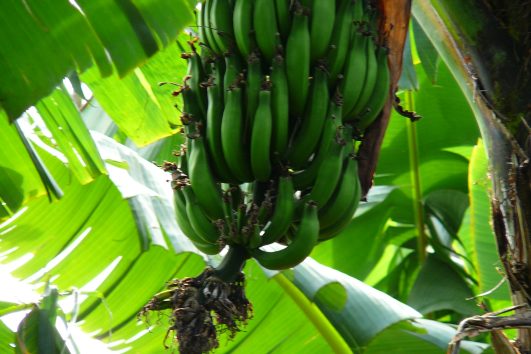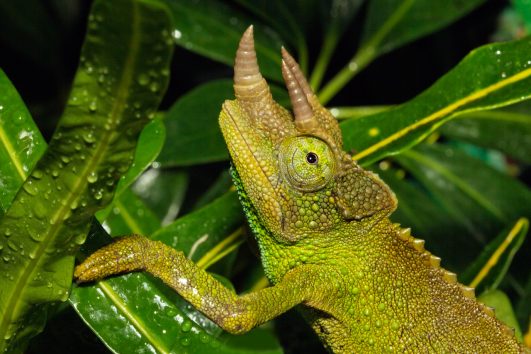If you wander through the African countryside at night, you might hear a sound that resembles a baby’s cry, emanating from the trees. These sounds, often mistaken for monkeys, are actually from galagos, or as they’re more affectionately known, bush babies.
Of all the places in Africa where one may go galago watching, it may seem a little strange that our recommendation is a standard 3-star hotel. However, it’s a great spot to see bush babies. If you have a little patience, you may easily hear and even see them here since they are many and active.
Situated at the banks of the Weruweru River, which originates from the furthest glacier on Mount Kilimanjaro in Africa, the Aishi Machame Hotel overlooks the vast ocean. The town is known as Machame and is not far from Moshi, a well-known destination for Kilimanjaro climbers. The hotel is surrounded by lush, tropical vegetation and big trees. Thus, the animals are used to visitors strolling around.
What is a Galago?
Galagos are small, nocturnal primates native to sub-Saharan Africa. Their scientific classification places them in the Strepsirrhini suborder, known for wet-nosed primates, which also includes lemurs, lorises, and aye-ayes. Unlike the more familiar dry-nosed primates like humans and monkeys, galagos have a keen sense of smell, large eyes for night vision, and a unique set of physical traits adapted for their arboreal lifestyle.
Why Are They Called Bush Babies?
The name “bush baby” comes from their cries which sound like a human baby, and their cute, infant-like appearance with large eyes and soft fur. In Afrikaans, they’re called “nagapie,” translating to “night monkey,” despite not being monkeys in the true sense.
Physical Characteristics:
- Eyes: Their eyes are enormous, adapted for seeing in low light conditions.
- Ears: Large, movable ears help in locating prey and avoiding predators.
- Fur: Dense and soft, providing warmth and camouflage.
- Size: They range from tiny species like the Prince Demidoff’s bush baby, which can be as small as 7.3 cm, to larger ones like the Brown greater galago, reaching up to 47 cm in length.
Adaptations:
- Jumping: Galagos are exceptional jumpers, capable of leaping several meters from tree to tree, thanks to their strong hind legs.
- Diet: Omnivorous, they eat insects, fruits, tree gums, and occasionally small vertebrates.
- Social Structure: They live in small family groups or solitary, marking their territories with urine.
Habitat: Galagos are found across various environments in Africa, from dense forests to savannahs, but always where there are trees. They prefer to stay high in the canopy, rarely descending to the ground.
Why Are They Adored? Their adorable appearance, combined with their nocturnal mystery, makes them a favorite among wildlife enthusiasts. Their agility, the way they navigate through the trees, and their unique social behaviors add to their charm.
Can You Keep One as a Pet? While they might seem like perfect pets due to their cuteness, galagos have specific needs that are hard to meet in captivity. They require a diet rich in insects, a habitat mimicking their natural environment, and they are nocturnal, which might disrupt human sleep patterns. Moreover, many countries have laws against keeping wild animals as pets due to conservation concerns.
Conservation Status: Most species of galagos are listed as “Least Concern” by the IUCN, but habitat loss due to deforestation and agricultural expansion poses a threat. Their ability to adapt to various environments, including human-altered landscapes, gives them a survival advantage.
Additional information
| Habitat | Kilimanjaro National Park, Mount Meru, Mount Kenya, Rwenzori |
|---|

